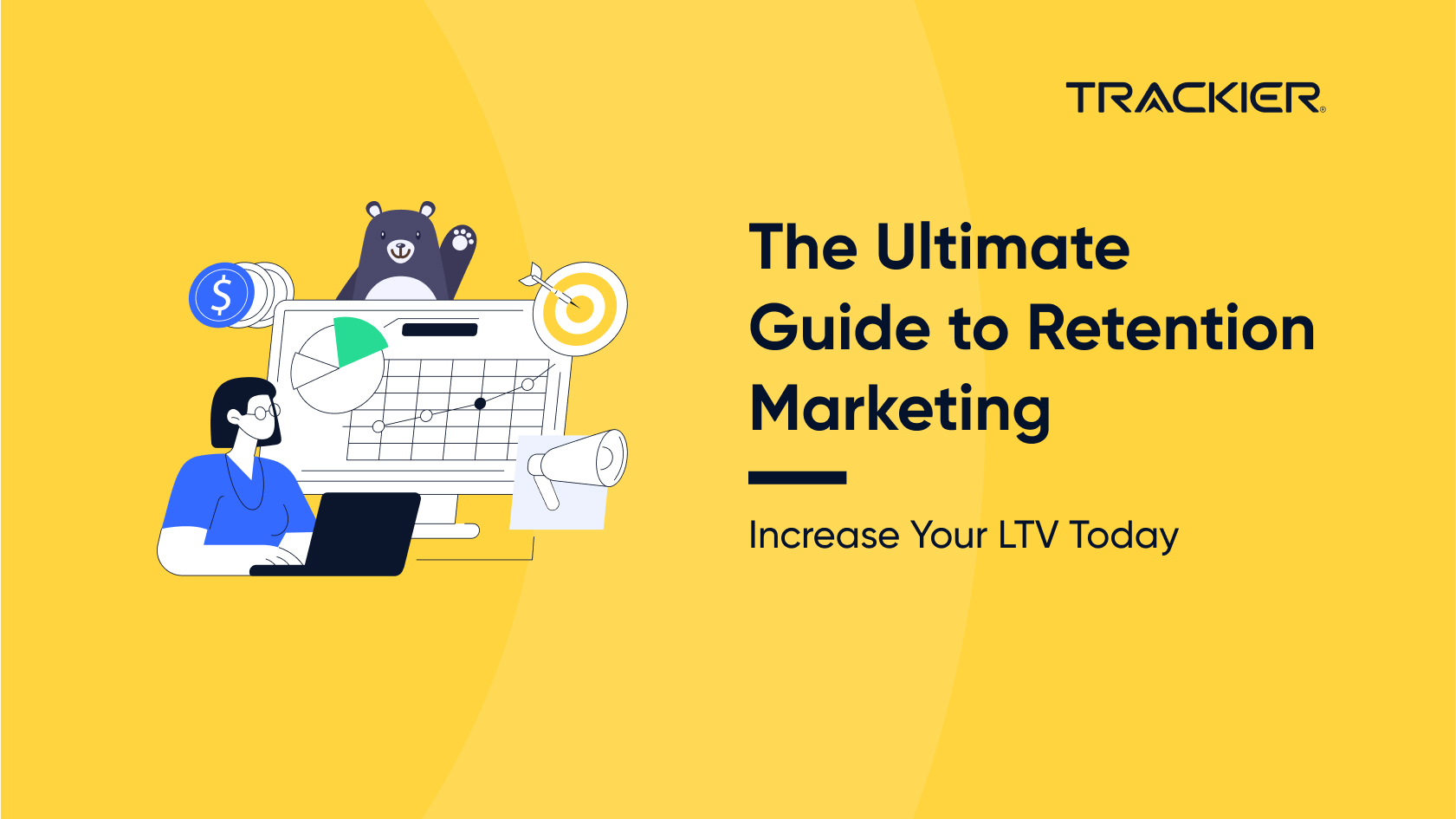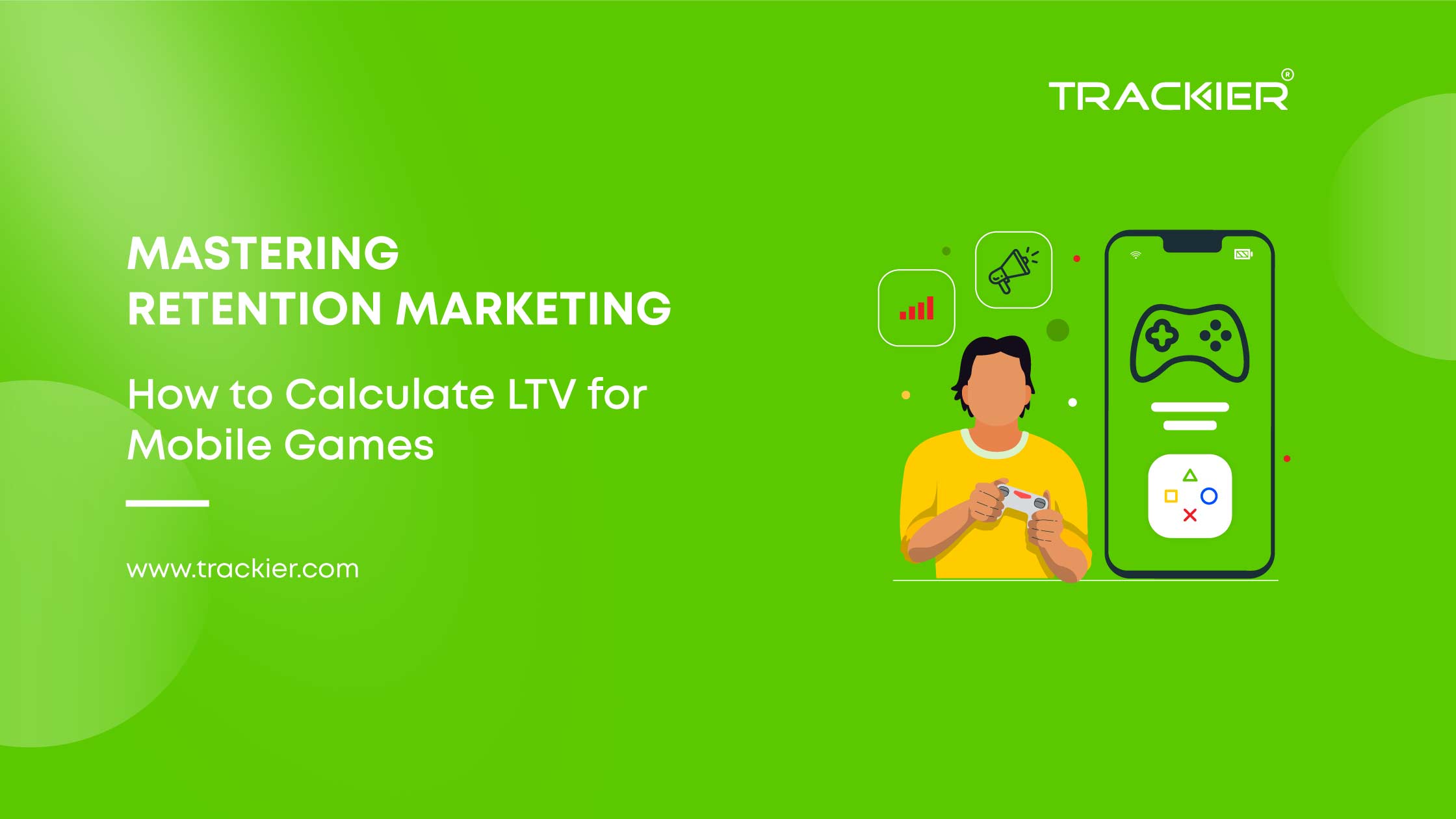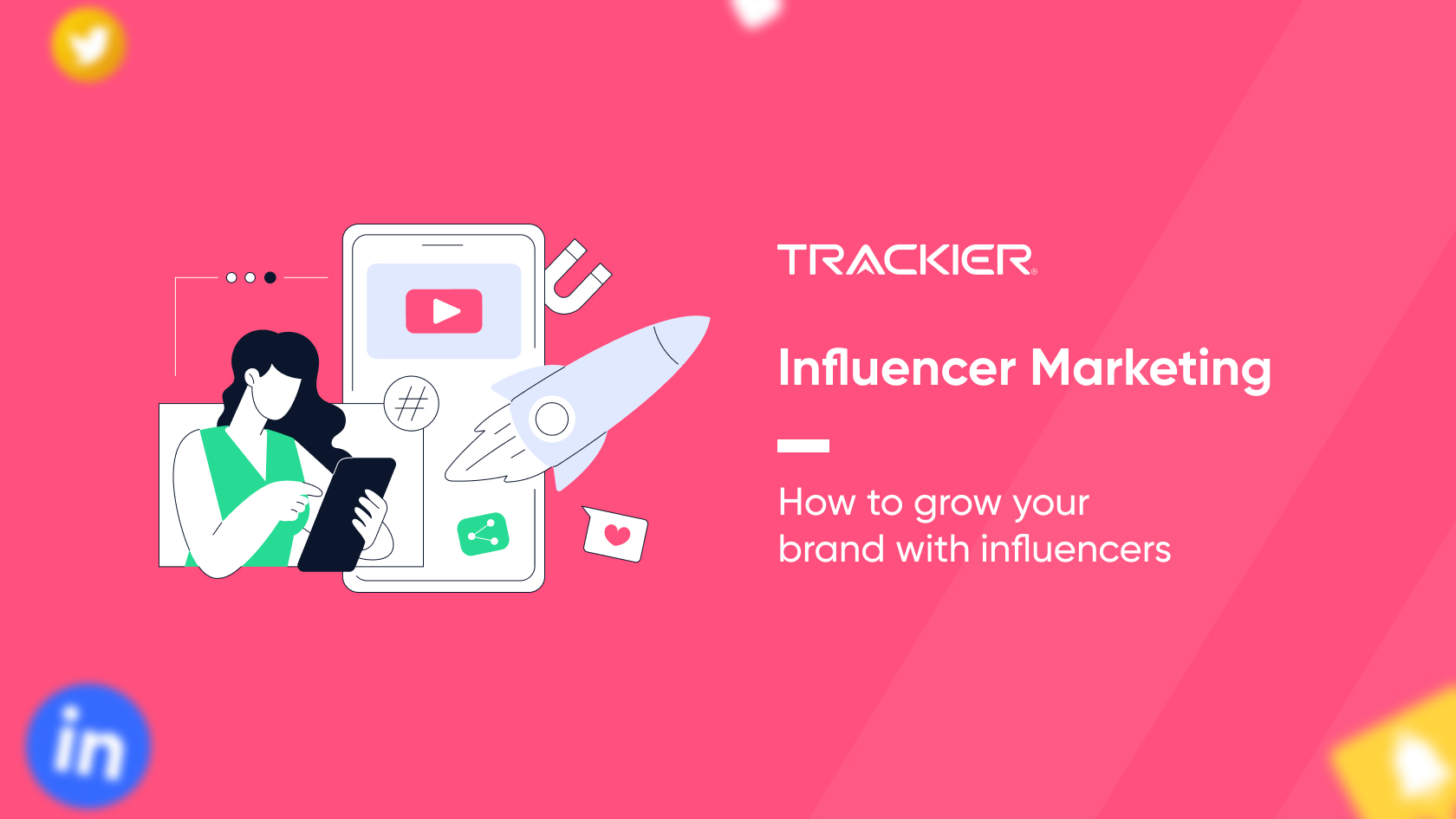The last purchase that you made you weren’t pretty sure about it, right? But after you had your hands on a great piece that you were looking for so long, it was worth trying the new one then. And now the chances of you visiting the store again have no space of doubt. It is because you once had a good experience and are now a loyal customer of that brand. That’s the power of retention marketing.
It’s not just about making a sale in the presence of tough competition. Instead, it’s about retaining customers for you. And that is when the business needs retention marketing. Not only does it help to establish a relationship with your customers, but it also enhances LTV. To know more about where the whereabouts of retaining your customers are, let’s read further.
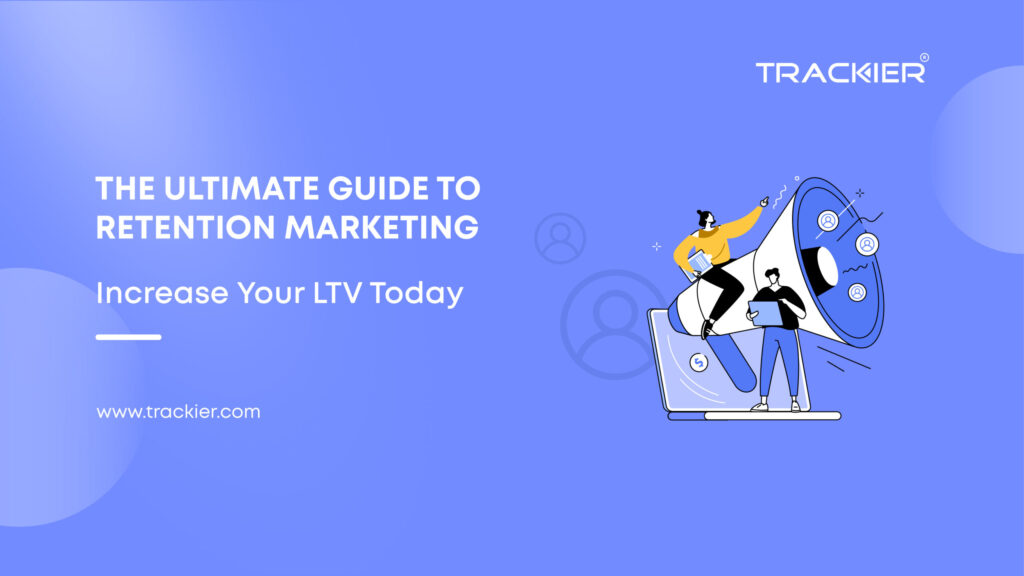
Retention Marketing
What’s retention? You might want to know now. So the definition of retention marketing is an integrated set of strategies and tactics the company uses, maintaining and enlarging the length of time by loyal customers and also increasing loyalty from existing clients by using every type of available marketing technique along with channels with which to create interest, satisfied customers, committed, and keeps on being happy.
It is creative and proactive and aims to build long-term relationships with customers through personal experiences, incentives, and meaningful communication. This will try to create a feeling of belonging and emotional bonding between the customer and the brand.
Effective retention marketing requires understanding the needs, preferences, and behaviour of customers and tailoring the marketing efforts accordingly. This might involve using data analytics, customer feedback, and other tools to understand customer behaviour and sentiment and then creating targeted marketing campaigns that would address specific pain points and desires. Ultimately, retention marketing is about creating long-term customer loyalty and advocacy, which can lead to increased revenue, higher customer satisfaction, and a stronger brand reputation.
Importance of Retention Marketing in the Current Business Landscape
In the business world, only the strongest survive. But what if I told you there was a way to succeed in this hostile environment—not just endure it? This is known as retention marketing, and it is the key to your company’s long-term success. It’s an art form to develop enduring relationships with your clients so they keep coming back for more. Additionally, it’s more crucial than ever in the commercial environment of today.
Consider this: There are sure to be hundreds of companies that offer the same kinds of goods or services as you. So, how do you differentiate yourself? Concentrate on your existing customer base. Retention marketing is also called making sure that your customers continue to make you their go-to choice after they first choose you.
One of the companies that has perfected retention marketing is Amazon. They try everything in their power to ensure their consumers are happy since they realize that they are their most precious resource. A customer-centric business model that Amazon has adopted has ensured it become one of the world’s most successful firms offering free shipping and customized product recommendations.
Another great example is Spotify. This popular music streaming service built a loyal fanbase of music lovers through its personalized playlists and curated content. Thus, users keep coming back for more. With so many engaged users, they can use the data to attract advertisers and come up with new revenue streams.
However, retention marketing is not exclusive to big businesses. Small businesses can even use this to focus their attention on current customers. For example, a local coffee shop might offer a loyalty program that rewards customers for repeat visits. This way, they keep their regulars happy and create that sense of community surrounding the brand name.
What then can you begin doing to implement retention marketing in your own company?
Here are some pointers:
Personalize what you say: Use consumer information to personalize communications and enhance customer satisfaction.
Offer rewards: Offer discounts or loyalty programs to thank clients for their continued business.
Be open to criticism: Use customer feedback to improve your goods and services by paying close attention to them.
Deliver excellent client service: Ensure that your customers feel appreciated and cared for even when something goes wrong.
In conclusion, retention marketing is necessary for any business to succeed in today’s environment. Focus on your existing customers and build solid relationships, which will help you to create a loyal customer base for your business in the long term. So, go ahead and invest in retention marketing and watch your business thrive!
Difference between Retention Marketing and Acquisition Marketing
Businesses employ retention marketing and acquisition marketing, two separate marketing approaches, to increase and preserve their client base.
Retention marketing emphasizes retaining current clients to promote repeat business, loyalty, and favourable word-of-mouth recommendations. By fostering the relationship and providing individualized experiences, the objective is to retain current clients.
Acquisition marketing is a strategy for attracting new clients and making them pay. Using all forms of strategies such as paid advertisements, social media, content marketing, search engine optimization, and referral programs, the main goal is to create leads that turn into customers.
Therefore, retention marketing and acquisition marketing are important to be used interchangeably by firms to boost and retain their customer base. To achieve long-term success, the exact balance of both approaches needs to be accomplished and must be used together. While acquisition marketing is aimed at attracting new prospects and converting them into actual consumers, retention marketing is aimed at holding back relationships with existing clients.
Objectives of Retention Marketing
The main objectives of retention marketing are:
Encourage Repeat Purchases:
Retention marketing is all about keeping customers engaged and coming back for more. Using strategies such as personalized communication, exclusive offers, and rewards programs can motivate customers to make repeat purchases.
Increase Customer Lifetime Value:
The lifetime value of a customer is the aggregate amount of income that a client contributes to your company during the length of their engagement with your brand. Retention marketing tries to boost this value by enticing customers to make more purchases, acquire more expensive goods, and recommend your company to others.
Encourage Favorable Recommendations:
Customers who are satisfied with your product or service are more likely to share this with others, which can help increase your client base and bring in new leads. Two retention marketing strategies include excellent customer service and personalized communication, which can help create memorable customer experiences that people want to share with their friends.
Overall, the goals of retention marketing are to create long-term relationships with customers, foster loyalty and repeat business, and generate positive brand advocacy. Through these goals, businesses can develop a strong customer base that can drive sustained growth and success over time.
Impact of Retention Marketing on Customer Lifetime Value (CLV)
Retention marketing significantly contributes to customer lifetime value. This is a key measure through which businesses want to grow and succeed in the long run. It is a very important measure for any business hoping to expand and be successful in the long run. It is an estimate of the total amount of money a client will make for a business over the life of their relationship with the brand. Here are some of the key ways in which retention marketing can drive CLV:
- Purchase frequency encouragement is one of the most direct methods through which retention marketing boosts CLV by encouraging consumers to buy more frequently. Businesses can induce customers to come back and purchase more by offering personalized offers, rewards, and other inducements.
- Higher average order value: Pushing customers to buy more expensive products or packages can help increase CLV for retention marketing. Businesses can assist customers in learning about new items and upgrading their purchases over time by providing personalized product recommendations and targeted discounts.
- More costs saved on lower customer acquisition expenditure: Retention marketing can, therefore, allow firms to achieve lower customer acquisition costs by staying focused on customer interest and maintaining satisfaction. Since the business enterprise will spend little on marketing, it will now have more time to engage clients.
- Increased customer loyalty: A big factor in CLV is the strong client loyalty that retention marketing can help build. Loyal customers are likely to purchase repeatedly, refer others to your business, and post positive reviews which may eventually lead to increased CLV.
Bottom Line: Retention marketing has an impact on the customer’s lifetime value and is essential for businesses as a strategy that can help them grow and gain success in the long run.
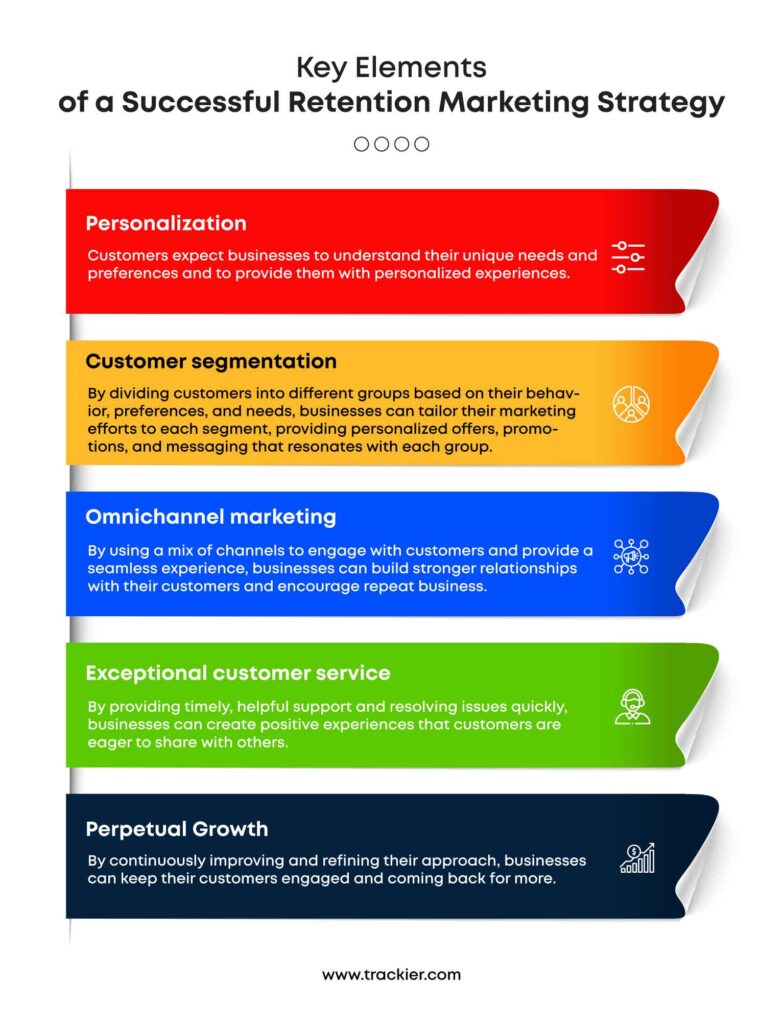
Retention Marketing Techniques to Try
Acquisition marketing is important in growth, but retention marketing can also help win repeat business from existing clients. Here are some customer retention marketing techniques that can be used by companies:
Establishing a loyalty program:
Rewards for returning clients are highly effective retention marketing. Businesses will reward loyal customers with prizes and advantages, such as savings, free gifts like black & white wall art canvas prints, or special access to new goods or services.
Good customer service:
One of the most important retention marketing elements is good customer service. Using a help desk ticketing system, businesses can provide prompt, helpful support and quickly address difficulties, creating pleasant experiences that customers are eager to share with others.
Offering personalized recommendations and promotions:
Personalized messages can enhance stronger relationships with clients. Businesses need to change their methods of messaging through data and analytics, which understand the preferences and behaviour of the customers. This might include creating email campaigns, posting on social media, and using other attractive methods of contacting customers.
Re-engagement campaigns:
Re-engagement strategies can be used to win back inactive clients. Businesses can deliver tailored messages to clients who haven’t purchased in a while, enticing them with special offers or other incentives.
Conclusion
Retention marketing is one of the essentials of any sound business plan. Businesses can be closer to their existing clients and build more loyal customers, encouraging long-term growth and success if they focus on customer retention. There are numerous effective strategies through which organizations may enhance client retention, ranging from personalized messages to loyalty programs.
However, success will only be realized through continuous development and refinement of the same, based on insights and feedback from users. Businesses will be able to keep their customers coming back for more if it is constantly providing excellent customer experiences and bringing value to their lives. Businesses may position themselves for success now and in the future by prioritizing retention marketing and investing in long-term client relationships.
Contact us for more information!
